Blackmagic eGPU for Apple MacBook Pro reviewed for Adobe Creative Cloud users

Will the new Blackmagic eGPU announced by Apple make your apps run faster on a MacBook Pro? See the review here.
Late last week Apple dropped 2 announcements. The new MacBook Pro with 32 gig of ram (Ill be doing a review next week) and the Blackmagic eGPU.
What’s an eGPU? It stands for external Graphic Processing Unit. You plug your computer into it and it used the built-in video card to speed things up. In this case you get 8Gb of Vram vs 4Gb on the internal card on the faster MacBook Pro available.
Basically its a Hub. You plugin your MacBook Pro. (2016,2017 or 2018 with USB-C ports), The Mac is powered by the USB-C cable and can also use peripherals attached through USB-C or USB. I was able to use a keyboard, mouse, 32 Tb Thunderbay TB3 raid and a Samsung 27″ 4k display and power my 2017 15″ Macbook pro from a single USB-C cable. Very nice!
As far as this setup, it works very well, is almost silent and looks really nice. But it goes downhill fast from there. Watch the video for specific speed tests in Lightroom, Photoshop and Premiere Pro.
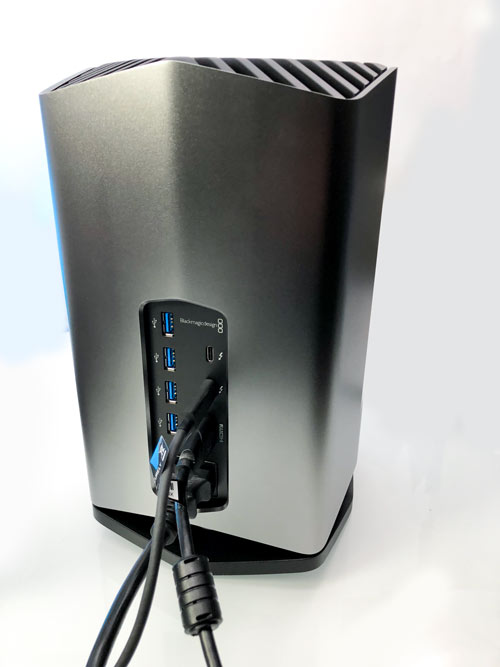
The specs
Compatible with Mac with Thunderbolt 3 ports (Must have High Sierra installed)
Radeon Pro 580 graphics processor with 8GB of GDDR5 memory
Two Thunderbolt 3 ports
Four USB 3 ports
One HDMI 2.0 port
85W power delivery
Speed tests with Adobe CC
Running tests on Lightroom Classic, Photoshop CC and Premiere Pro CC, I found that gains were very minuscule and in some cases it ran slower. What happened?
It looks like this box is setup to accelerate DiVinci Resolve (also made by Black Magic) it mainly works on metal and OpenCL. Resolve is built using Metal and open CL so it will see nice gains. Apple and Blackmagic collaborated on this device and built it together. As such, my guess is (and purely my guess) other software manufacturers haven’t had the opportunity to test and optimize yet.
In the future maybe Adobe and other software companies will adopt this technology (if it takes off) and build in support for eGPU and see better performance. At the time of this review, you won’t see much in the way of gains using Photoshop and Lightroom. Curious to add, at this point even Apple Final Cut Pro doesn’t use the eGPU for encoding videos. But hey, it’s brand new, let’s see what happens down the road.
I wouldn’t have a problem with all of this, if Apple was a little more forthcoming in their promotion of this. Instead they position it as a solution for all creative pros. (Which is a good thing that Apple are giving attention to creative pros). Apple positions it to sell with the new MacBook Pro and its included on the same page. This is what Apple says on their website
Blackmagic eGPU
Desktop-class graphics without the desktop.
Blackmagic Design has created an external GPU (eGPU) ideal for MacBook Pro. So you can have desktop-class graphics performance without giving up the portability of a notebook. Housed in an all‑in‑one aluminum enclosure, the Blackmagic eGPU is powerful yet quiet, charges your MacBook Pro using Thunderbolt 3, and has built-in I/O connections to drive both a Thunderbolt 3 display and VR accessories simultaneously. With the Blackmagic eGPU and MacBook Pro, you can accelerate pro apps, create VR content, and enjoy supersmooth gaming anywhere you roam.
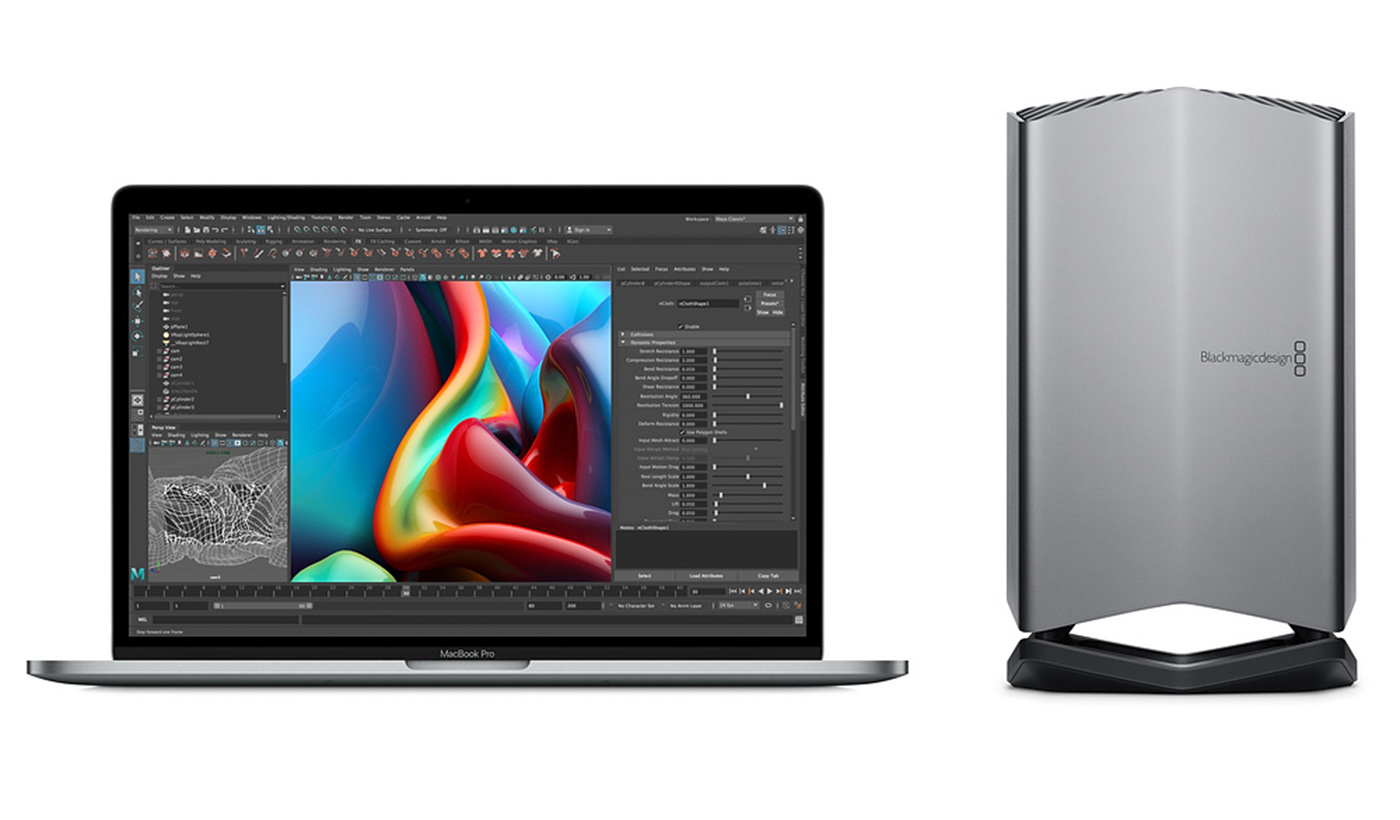
eGPU support was just recently added to Apple MacBook Pro in macOS High Sierra 10.13.4 and later.
You will see this icon in the tool bar.
![]() You use it to disconnect from the eGPU when you are finished working and would like to undock.
You use it to disconnect from the eGPU when you are finished working and would like to undock.
My conclusion is that this is very new to Apple and we will have to see how it develops down the road. Right now, unless you are using Divinci Resolve, it might be a case of bleeding edge for now. I haven’t tested it on all software though. If you have tried it on other software and have found gains in performance, please add a comment and let us know.
11 thoughts on “Blackmagic eGPU for Apple MacBook Pro reviewed for Adobe Creative Cloud users”
Leave a Reply
The new iMac Pro is now shipping. It’s 2 things: 1. very beautiful and 2. very expensive. But, is is...
Wacom One Creative Pen Display, hands-on in-depth review and recommendations.
How to digitize all your old photos without a scanner.



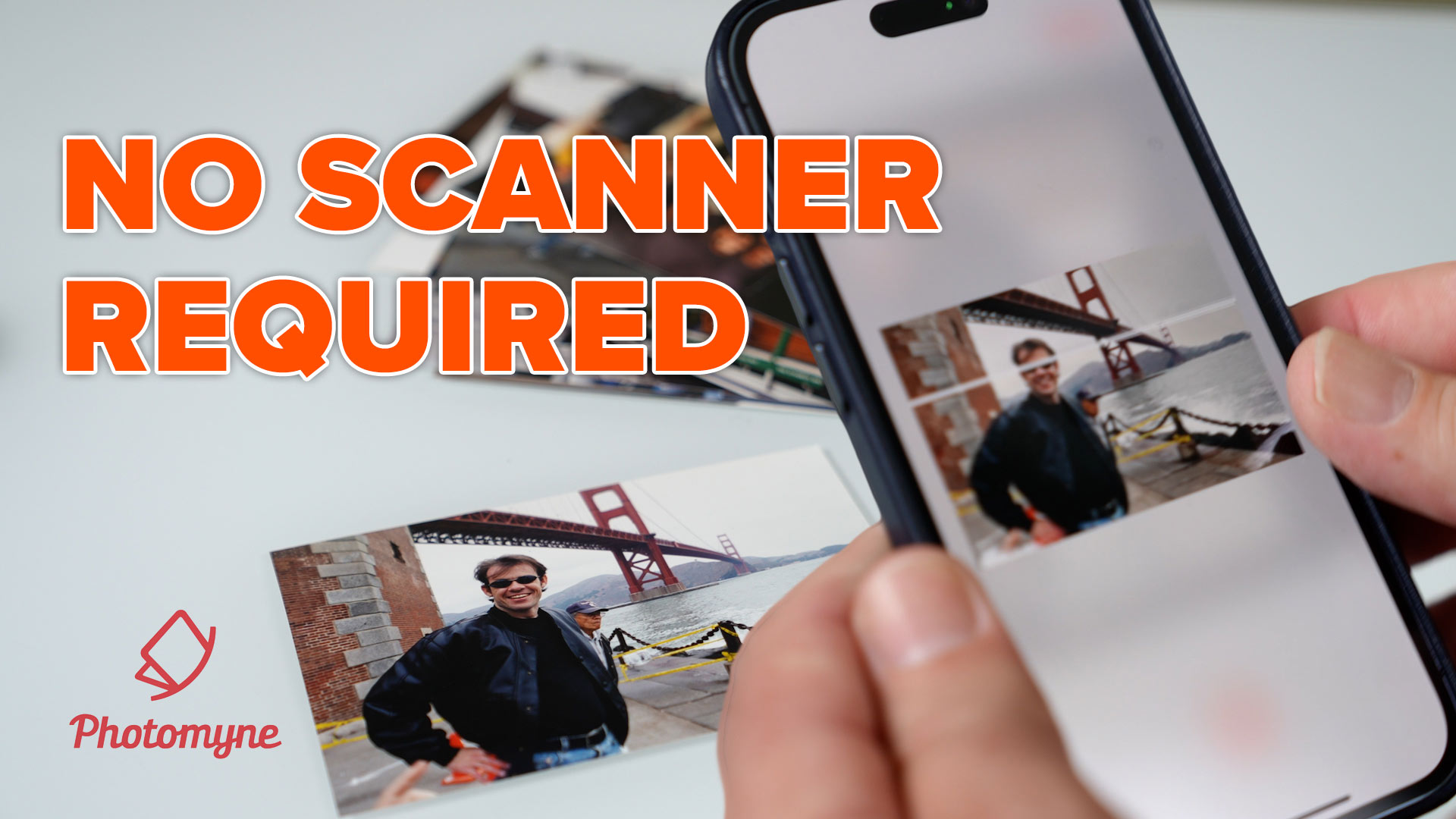


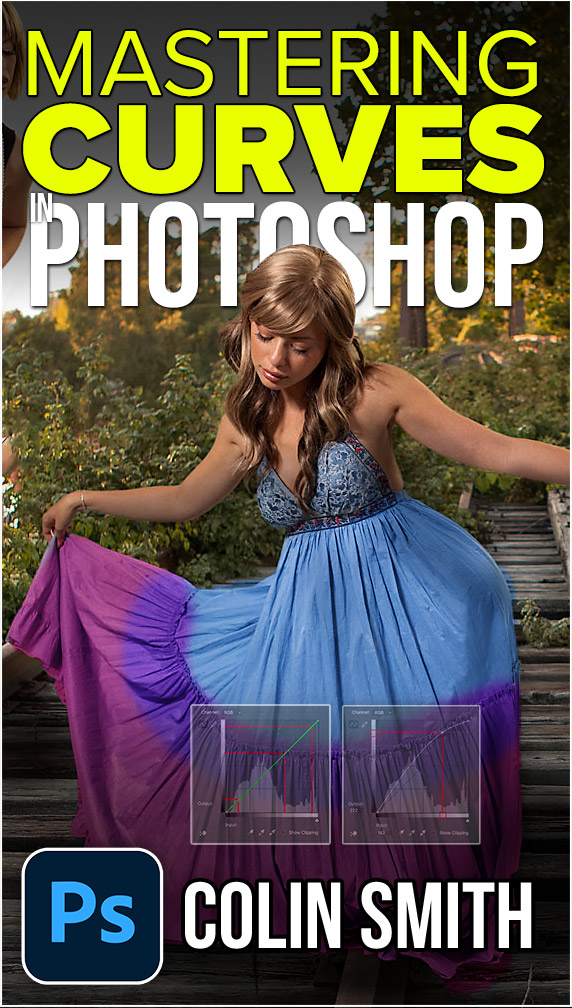
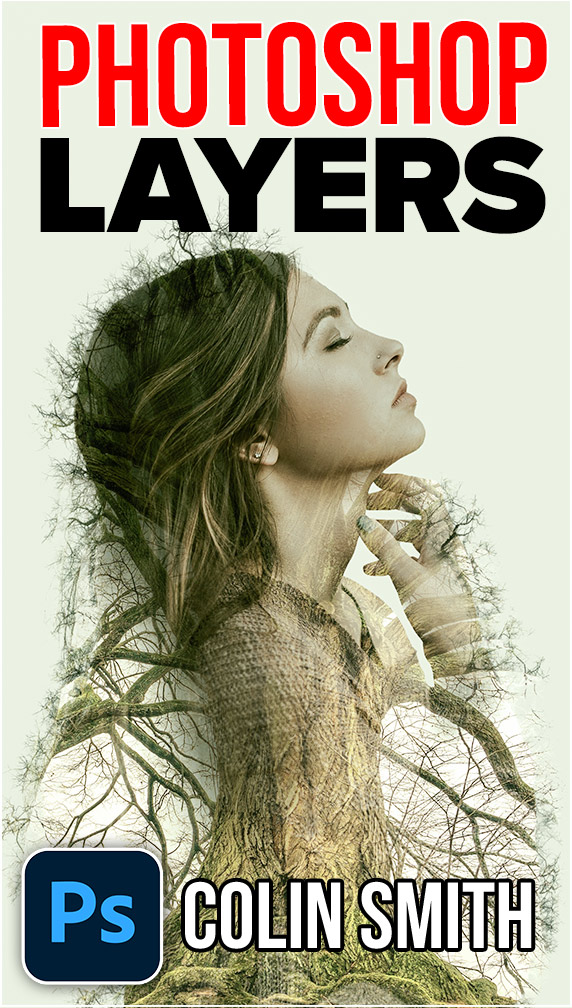
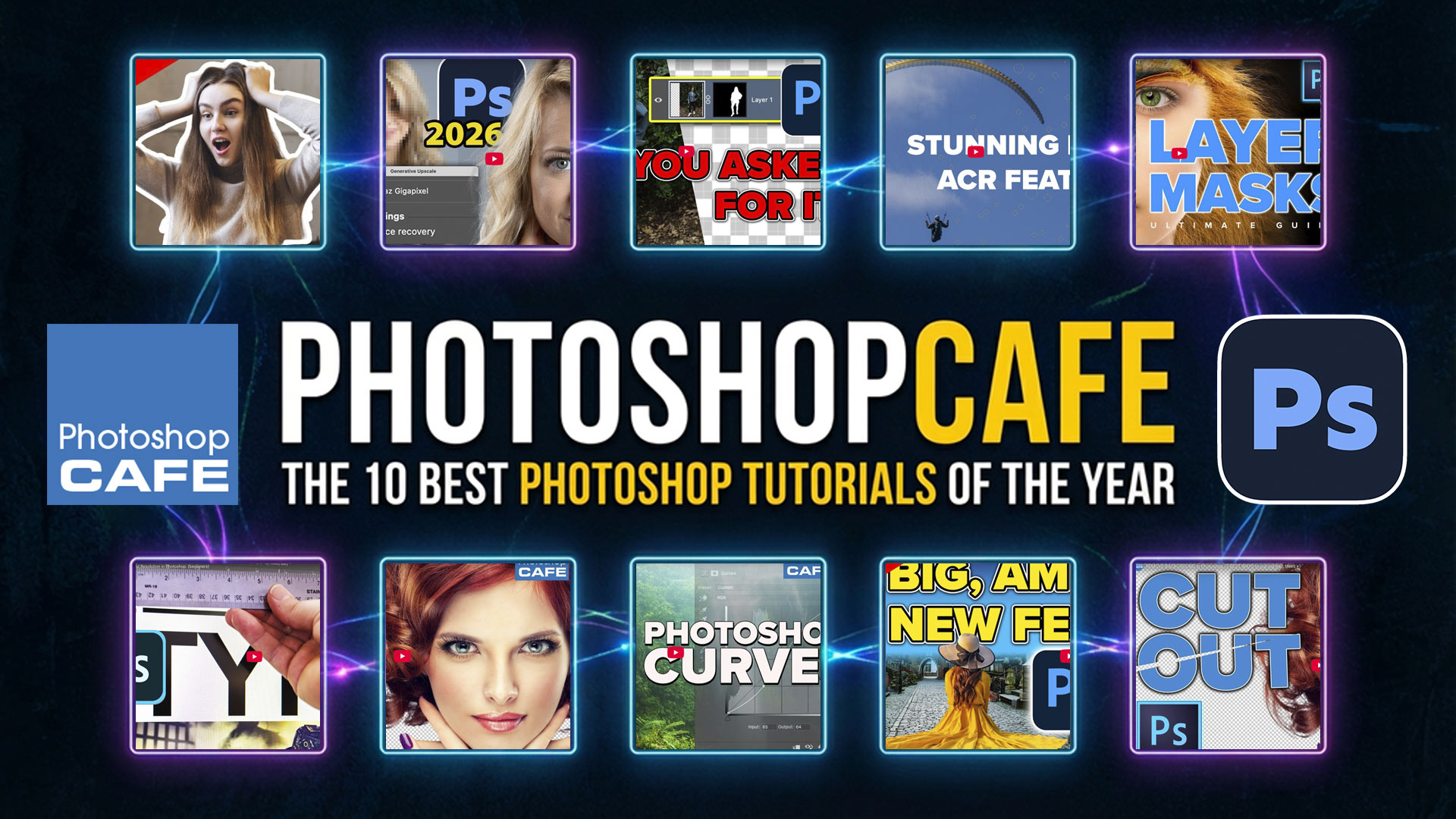
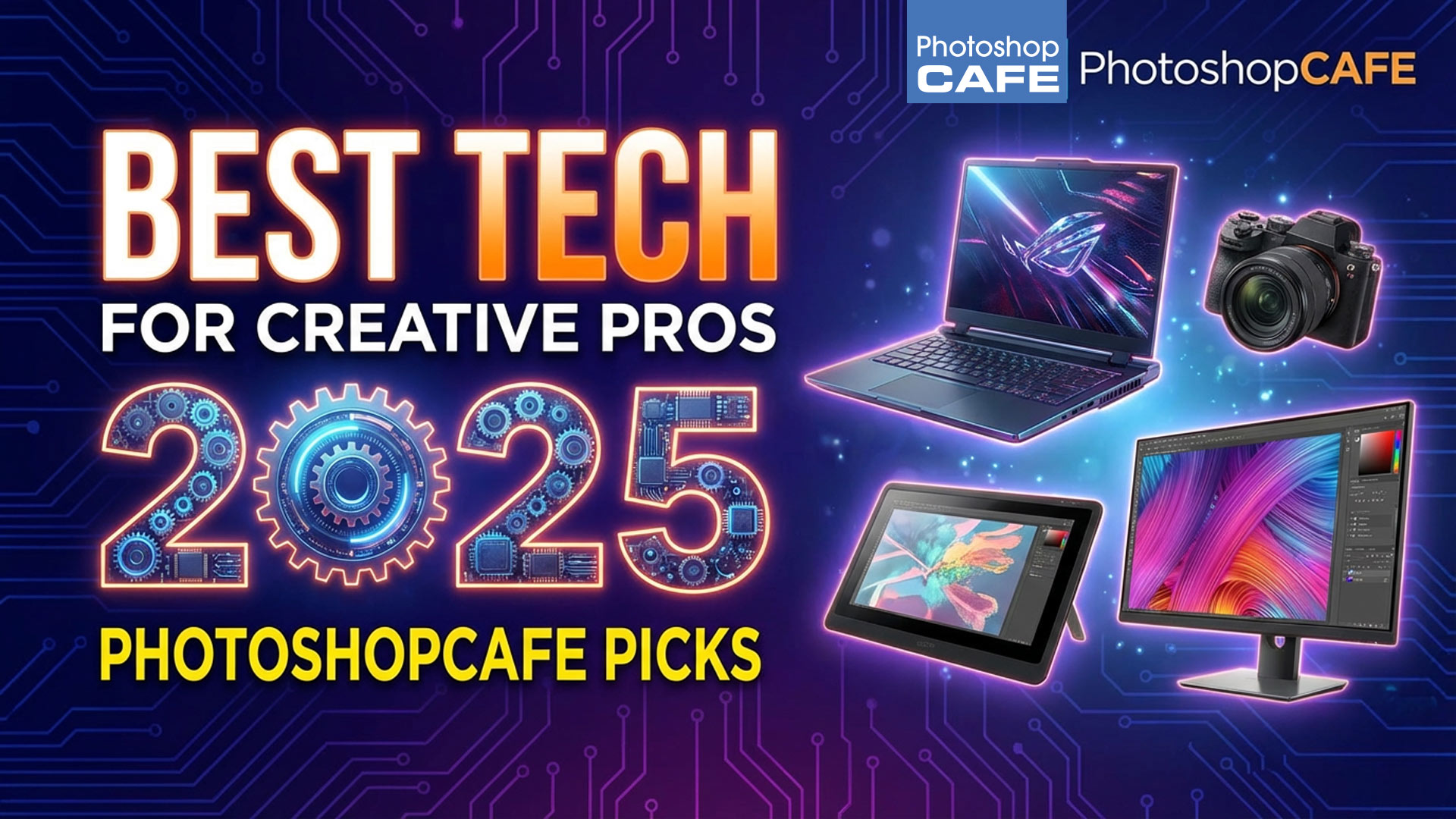
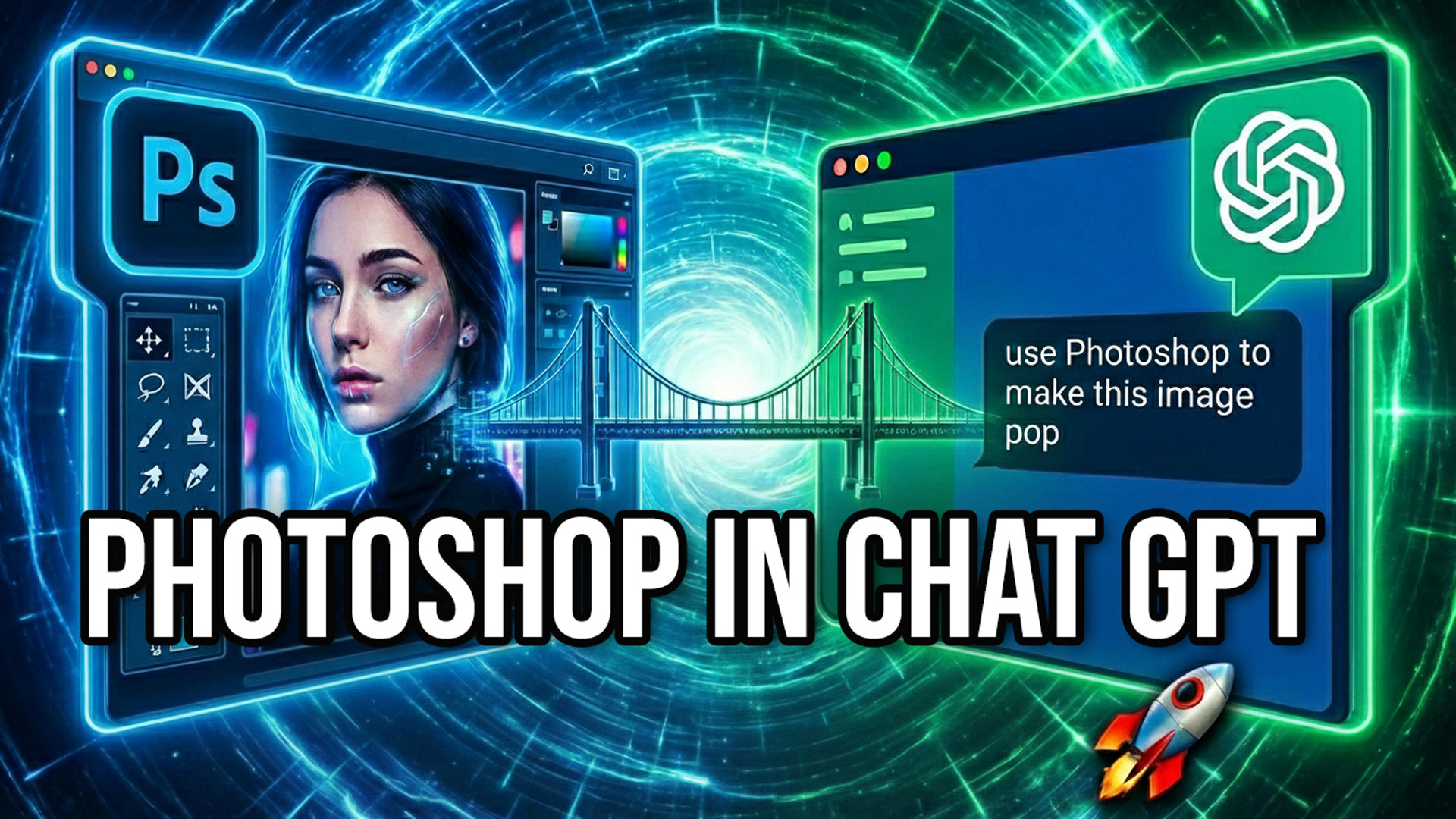

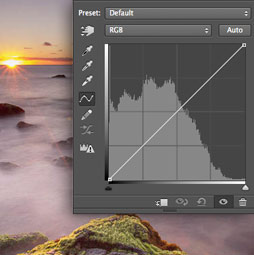


Tested with Agisoft PhotoScan for SfM 3D models?
no, I don’t even know what the is 😉
I haven’t had a chance to play with this much, just got it hooked up, but I wanted to see if I could scroll quicker in Lightroom CC with it (one of the reasons I bought it). It’s slightly better, but still not awesome. I’ll continue to test but may just return it. If you’re on the fence and buying primarily for Lightroom performance, you might wait a bit.
Sadly I purchased one of these before I saw this video, and I have to admit my results are very much like yours. However, just to rub salt in the open wound it has some negative effects on my computer as well. For example if I let my 2018 MBP go to sleep, I cannot get the external monitor to come back on unless I disconnect it, wait ten or more seconds, then plug it back in. Also make sure you save often, if for any reason a connection is lost to the eGPU it crashes all adobe apps. I would gladly trade this for my money back and a pet rock.
Find Final Cut Pro in the Finder. Right Click. Open “information” window. Tick the checkbox at “use eGPU preferred” (or whatever it is called in English).
Then do the test again. 😉
Im not using Final Cut. The review was on Adobe software mainly Premiere Pro
There are a few overarching problems with this device in its current incarnation:
1) The GPU inside is already outdated; they could’ve made a better choice in that regard, similar to the better choices they made with the iMac Pro (using current Vega GPU technology).
2) An application being “optimized for GPU acceleration” is not always the same thing as “optimized for eGPU”. While I have no doubt this product will work well for DaVinci workflows, I’m far less confident it will benefit anyone else. Adobe is a strong case in point.
I’ve tested their apps (2018 variants) all summer with different eGPU setups — the good ones that actually let you swap out the GPU anytime you want — and the results are generally not great. Most Adobe apps do not appear to be aware of a connected eGPU when you go into the GPU settings in preferences and look at which card is being references. Using Apple’s recently announced feature where you “prefer external GPU” per app, does not seem to make a difference. When an eGPU is recognized, there doesn’t always appear to be a resulting performance change (e.g. Photoshop). I can’t say I’ve ever seen performance get *worse* than a built-in Mac GPU, but it doesn’t get markedly better (which is the whole point of investing in these devices).
3) There’s no indication from Adobe that CC 2019 will be any different. They have mentioned in recent blog posts that certain system versions will be required for GPU acceleration in general, but again not always the same thing as being optimized for eGPU. Bottom line: don’t expect that an eGPU is going to accelerate your Adobe workflow in any meaningful way until Adobe adds explicit controls / preferences to take advantage of same. I’m pretty sure if they ever put the effort into this, we’re going to hear about it. We won’t have to guess; they’re going to market it strongly.
@Chip
>The GPU inside is already outdated
Yeah, I don’t understand why they did this at all. Obviously the GPU they decided to use is still very good, but regardless the decision to use such dated technology is extremely questionable, especially since it’s Apple we’re talking about.